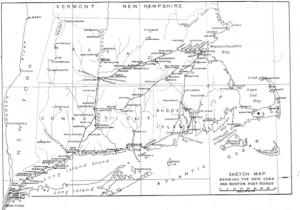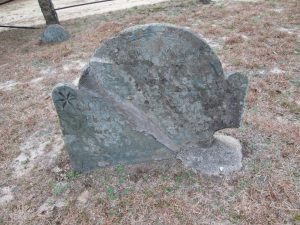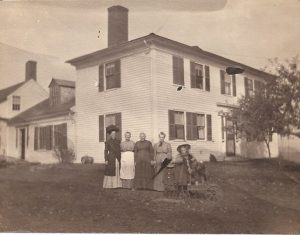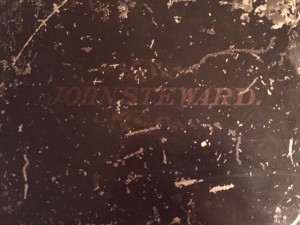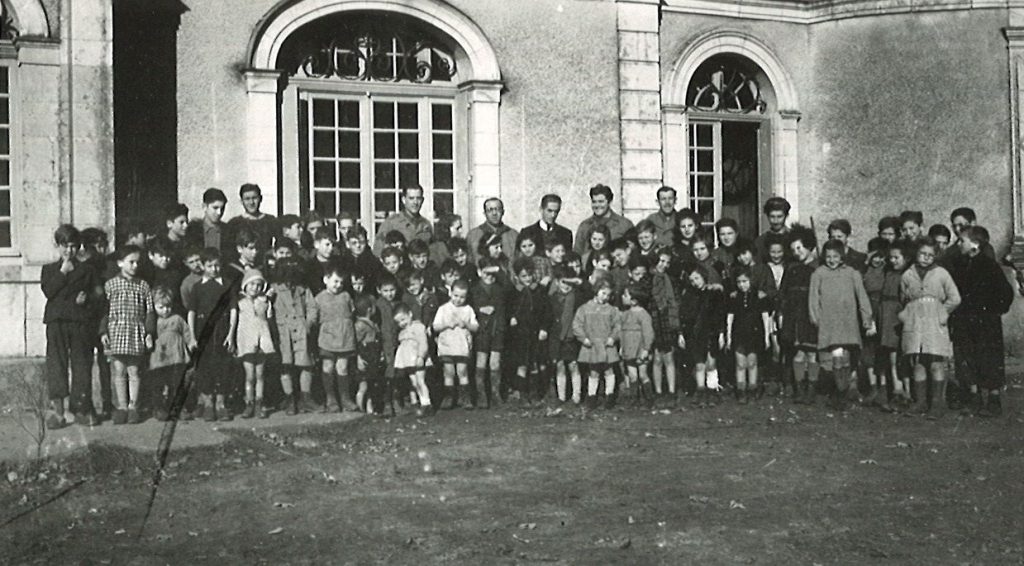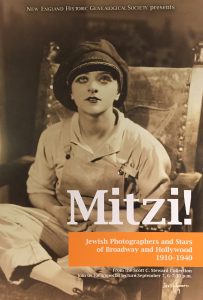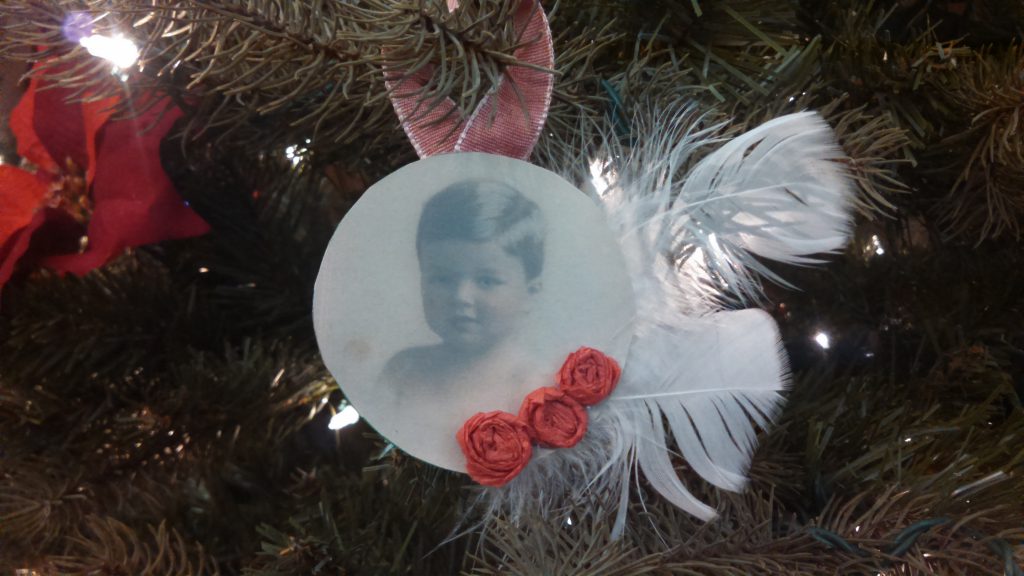 For some, the holidays are a time of heightened crafting – making wreaths, designing centerpieces, stringing popcorn garlands, knitting warm to-be-gifted hats and scarves, and building elaborate gingerbread wonderlands. For everyone, the holidays are a time to be with and celebrate family – present and past.
For some, the holidays are a time of heightened crafting – making wreaths, designing centerpieces, stringing popcorn garlands, knitting warm to-be-gifted hats and scarves, and building elaborate gingerbread wonderlands. For everyone, the holidays are a time to be with and celebrate family – present and past.
Since 2013, staff at NEHGS have combined spirited crafting and a passion for genealogy by creating special ornaments using (facsimiles of) family photographs. The ornaments adorn the tree at the Society and are taken home just before Christmas. Even among unrelated crafters, we can’t help but share the “who,” “what,” and “when” of our photos with each other. Some staff have even chosen to represent lines of descent within a single ornament (see below) – a family tree in 3D! Continue reading Deck the halls
